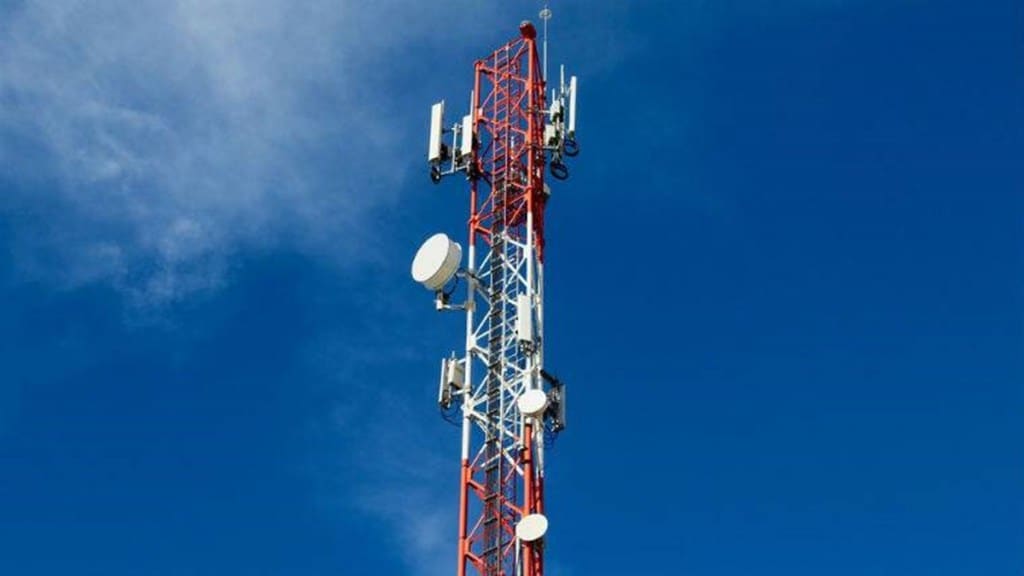With the telecom technology and equipment space gaining traction after the launch of 5G services, Centre for Development of Telematics (C-DOT) CEO Rajkumar Upadhyay is confident that the government’s push for domestic design and manufacturing will make way for India’s own players strongly competing with the likes of global majors Ericsson, Huawei and Nokia.
“Take my word. In the next 2-3 years, India will have at least 2-3 Ericssons, Huaweis and Nokias. These (the domestic players) will come up because the first booster has gone through the Atmanirbhar Bharat programme,” Upadhyay told FE during an interview.
Also read: Godrej Group’s NBFC arm announces new platform Nirmaan to offer these services to MSMEs
He said once Bharat Sanchar Nigam (BSNL) launches its 4G and 5G services, it will be a testimony to the capability of the indigenous technology for which the government has already started receiving interest from other countries.
C-DOT came into limelight by developing India’s own 4G-5G technology stack, a software that takes care of end-to-end call control over the network. The solution has been tested for launching 4G services by state-owned BSNL and is expected to be deployed commercially next month with equipment supplied by Tejas Networks (part of Tata Consultancy Services-led consortium).
“Once BSNL successfully deploys the indigenous solutions, we will start partnering with other telecom operators like Vodafone Idea, Bharti Airtel and Jio,” Upadhyay said.
He added that nowhere in the world the complete 4G and 5G technology solutions such as billing, customer service, network management system and predictive fault maintenance, etc, are provided through a single company or consortium and India will be the first to do so.
For India, the returns are going to be at least 10 times in the medium term once vendors like TCS and Tejas, along with C-DOT, start exporting the 4G-5G stack solutions, Upadhyay said.
He said some people may argue “why don’t we buy systems which are cheaper somewhere rather than making there ourselves”. “That is an economic argument. We will also look at the security. Now, the world is connected through internet, every system is connected, therefore, security becomes of paramount importance,” the C-DOT CEO explained.
Asked whether private telecom companies will choose India’s solutions over Ericsson and Nokia, Upadhyay said: “This is an evolving market and there is a scope for more players to exist.”
Also read: UPI: How peer-to-merchant transactions overtook peer-to-peer in volume; check details
“First, our solutions are affordable, highly trusted and advanced compared with the rest of world. Second, there is a replacement cycle of equipment and technologies, and our solutions will be surely considered there,” he added.
Apart from the 4G-5G stack, C-DOT is also working to develop 4G and 5G radios. With regard to 4G radios, manufacturing has been started in India. C-DOT is exclusively working on 5G radios and also developing the same in partnership with VVDN Technologies, Wisig Networks and Radisys India.
“Our 5G radios will come this year. Currently, we have tested solutions for 5G NSA (non-standalone architecture) network. Soon, we will also launch solutions for 5G SA (standalone architecture),” Upadhyay said.
C-DOT, owned by the Department of Telecommunications (DoT), has an annual budget of Rs 500 crore, of which Rs 100-200 crore is spent on research and development (R&D) and the rest primarily to meet operational costs such as staff salaries. In 2021-22, the organisation had a revenue of Rs 171 crore, largely from technology support, transfer and royalty income.
“This institution is created for building technology and creating indirect benefits for the country. At a budget of Rs 500 crore, we have been producing great results and will continue to perform better. Money is not a challenge with the government,” Upadhyay said, adding that while there is no aim for making profits, the organisation will eventually benefit from the traction India’s technology is gaining.
On plans for privatisation of C-DOT, Upadhyay said: “It was only a suggestion that came up and will be taken up only if the need arises. However, the organisation will soon consider creating joint ventures with private companies on specific projects to make C-DOT a global centre. It will also soon open R&D centres in cities like Kolkata, Pune and Hyderabad.
For challenges related to retaining talent, C-DOT is banking on an employee-centric culture with a higher average salary compared with information technology (IT) companies. The organisation, which currently has a strength of 1,000 employees, aims to take its strength to 1,500 in FY24, for which it has already rolled out offers to 400 candidates. The average salary bracket at C-DOT is Rs 30 lakh per annum.
“Talent is key to the designs and innovations we do at C-DOT. We have been giving lucrative offers to young professionals with an opportunity to work with latest cutting-edge technology,” Upadhyay said.
The organisation works on a technology transfer model and has produced technologies in areas like disaster management through a common alerting protocol, network management, security, switching and routing, Wi-Fi, etc. After C-DOT develops a technology and designs a product/equipment, it facilitates manufacturers like Tejas Networks, HFCL, etc, in producing those telecom equipment and solutions in bulk.


